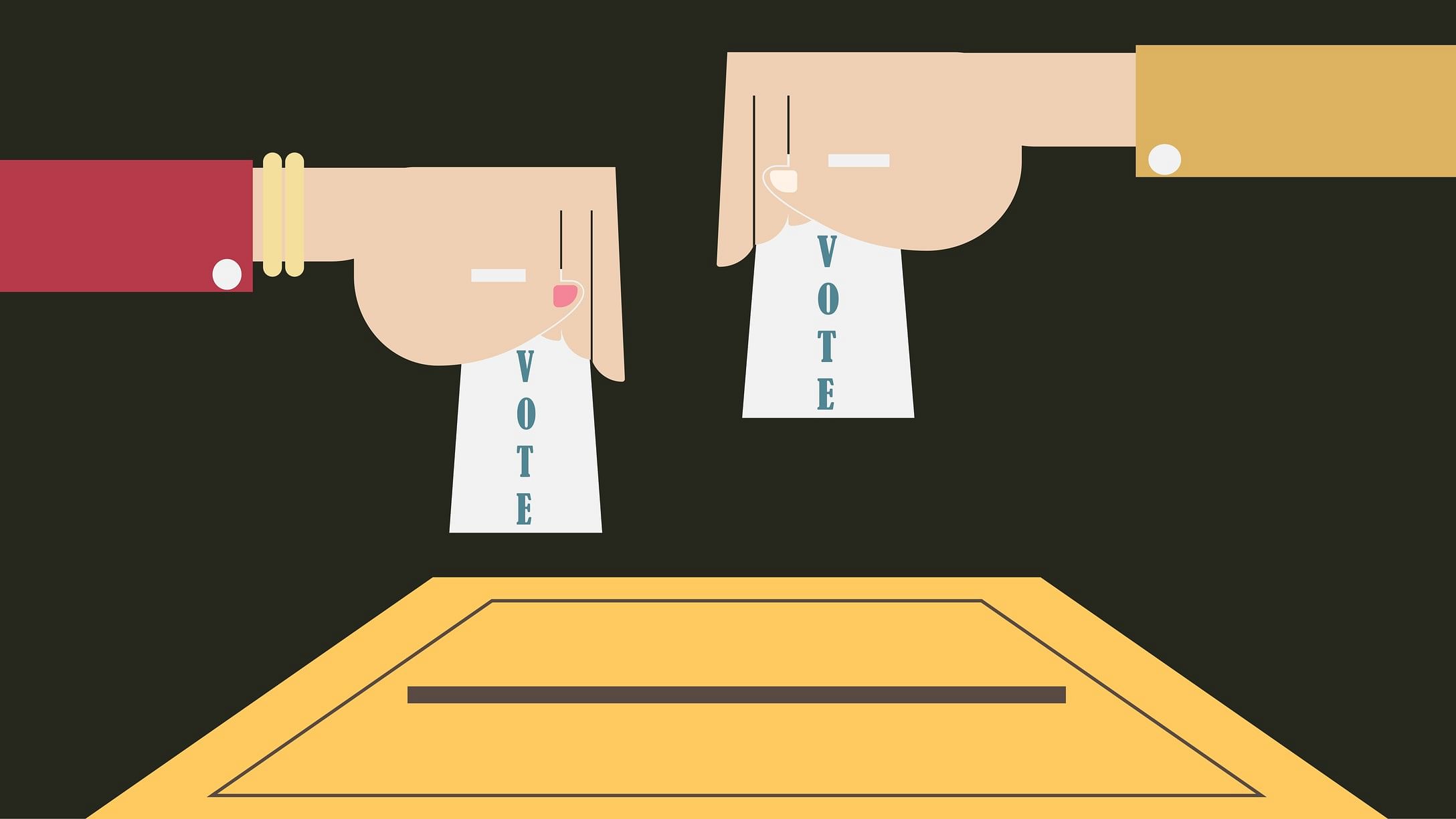
Illustration showing voting in India.
Credit: iStock Photo
The Lok Sabha elections mark a significant event that determines the direction of the nation's governance. This year, the general elections are scheduled from April 19, and will be held in seven phases with the last polling date being June 1. The results will be announced on June 4.
Held every five years, these elections are governed by a meticulous process overseen by the Election Commission of India (ECI). Here's details on how Lok Sabha elections work in India.
ECI: The autonomous constitutional authority responsible for elections in India
The Election Commission of India (ECI) is the autonomous constitutional body responsible for administering elections in India. It oversees the entire electoral process of Union as well as state elections, from voter registration to the announcement of results.
However, a new law by Prime Minister Narendra Modi-led panel, which replaced Chief Justice of India by a union minister in the matter of selecting the Election Commissioner, has attracted the ire of the opposition, who have asserted that such a law lays ground for ruling government’s dominant say in the selection process.
The Supreme Court was also hearing the matter challenging the process, but on March 2, refused to stay the contentious Chief Election Commissioner and Other Election Commissioners Act, 2023.
Date announcement and imposition of Model Code of Conduct
The ECI announces the dates for Lok Sabha elections after taking into consideration various factors such as weather, school examinations, and festivals. Upon the announcement of election dates, the Model Code of Conduct (MCC) comes into effect.
There has been a continuous discussion about whether the Election Commission of India (ECI) effectively imposes penalties on those who breach the code of conduct. It is essential to recognise that these regulations do not function within a rigid legal structure, so penalising political parties or candidates may not hold substantial weight.
Nonetheless, they remain vital in guaranteeing the integrity of elections, particularly when issues like hate speech and misinformation come to the forefront during political campaigns.
Selection of phases
India, with its vast geographical and demographic diversity, conducts Lok Sabha elections in multiple phases. The selection of phases is based on factors like security considerations, logistical feasibility, and the availability of security forces. This phased approach ensures smooth conduct and maximum participation.
What happens on polling days
On polling days, registered voters exercise their right to vote by casting their ballots at designated polling booths. Electronic Voting Machines (EVMs) are used for voting, ensuring a quick and efficient process. Polling stations are set up across the country, including remote and rural areas, to enable widespread participation.
Since 2004, national elections in India have transitioned to a paperless system. However, the electronic voting devices used continue to stir controversies. On April 16, petitions advocating for a complete match between electronically recorded ballots and paper slips will be heard by Supreme Court judges. Presently, these paper records are briefly displayed to voters through a glass screen, with only a small portion being subjected to counting.
What happens on counting days
After the completion of all phases of polling, the ECI coordinates the process of counting votes. Counting typically takes place on a designated day, usually a few days after the last phase of polling. The votes cast through EVMs are tallied, and the results are declared for each constituency.
The 2024 Lok Sabha elections will be conducted in seven phases, and counting will be on June 4. The EC outlines a meticulous process to be followed across counting centers nationwide.
The day starts with randomization of counting staff at 5 am, followed by counting supervised by Returning Officers from 8 a.m. Each counting table includes supervisors and candidate-appointed agents. EVMs undergo inspection before counting, which also includes simultaneous counting of postal ballots. After each round, results are signed by the supervisors and announced. The entire process is video-graphed. VVPAT verification is then conducted, with slips counted for five random EVMs per Assembly segment. In case of discrepancies, VVPAT counts prevail.
No majority scenario
In the event that no single party or coalition secures a clear majority in the Lok Sabha, a hung parliament situation arises. In such cases, the President of India invites the leader of the largest party or coalition to form the government and prove their majority on the floor of the house within a stipulated time frame.
New government takes over
Once the election results are declared and the majority is established, the winning party or coalition is invited to form the government. The new government assumes office after the oath-taking ceremony and the appointment of the prime minister.